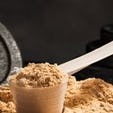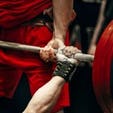The name of the game is getting stronger. So how do you do it? Pick up a barbell? Pick up a kettlebell? A mace? Yes! But that will only work for so long. Your progress will stall as your smaller muscle groups lag behind the big boys (think hamstrings, glutes, pecs).
By squatting, be it with a bar on your back or KB in your hands, you will get a full body work out. Your calves, quads, hamstrings, core, stabilizing muscles, etc. will all be working to complete the movement as efficiently as possible. However, most people will be quad dominant as walking and running stresses quad development over the posterior chain.
So, a natural squat for most people is to allow the knees to shift forward and the quads to take over and power up your bodyweight plus resistance. That’s not a bad thing, but at some point it will hold you back from getting as strong as possible.
In this article i’m going to explain the assistance movements that I like for the squat that can be used for anyone trying to get stronger and build muscle. In no particular order, here are my go-to’s for squat assistance exercises:
Box Squat
As the name suggests, it’s squatting done to a box. But two things you need to train yourself to do in the box squat to maximize its effectiveness are:
Initiate the movement by pushing your hips back rather than breaking at the knees first. This will engage your glutes and hamstrings. Once you touch the box your shins should be perpendicular to the ground as opposed to your knees tracking over your toes.
Keep tension in your body when sitting to the box. DO NOT RELAX! Any time you have your spine loaded you want to keep all of your muscles engaged in your body. This will take some practice.
Drive up off the box without rocking. Push your knees out to keep your posterior chain engaged.
Start with a box that leaves you 2-6”inches above parallel (meaning quads parallel to the ground). As you get stronger you can slowly drop the height and work yourself down to parallel to get the most out of the exercise.
Pause Squat
Ok, so picture a box squat done without a box. Initiate the movement by pushing your hips back. Squat to parallel. Pause at parallel in the hole for 1-5 seconds (something for you to experiment with). And then explode up.
Again, keep tension in your body the entire time. Do not rest in the paused position. This will tighten up your glutes and hamstrings ladies (and gentlemen).
Front Squat
Putting a barbell in the “catch” position (think Olympic lifting) or carrying a KB in the goblet position, will allow you to do a front squat. Focus on driving your elbows up toward the sky as your rebounding out of the hole. This is a great movement to develop your quads. I will usually do this with much lighter weights, so typically 30-50% of my 1RM back squat.
Hatfield Squats
Fred Hatfield, or Dr. Squat, was one of the greatest squatters of all time, and Hatfield squats were one way that he built his world record squat back in the day. They require a specialty bar- a safety squat bar– which you don’t have to hold onto to keep on your back.
So you will unrack the weight. Step back from the rack one step. Grab the uprights at hip height with each hand. Squat to parallel or below. And then drive up out of the hole. By supporting yourself with the uprights you can create a “leg press” type of movement while still recruiting your core for stability purposes. This will also develop your quads.
Band Resisted KB Swings
This will go over well at the Onnit Academy. Take a resistance band (think big rubber band) and loop it to something anchored, likely a power rack. Put the band around your waist and step forward so the band is pulling your hips backward.
Grab a KB and swing your little heart out. The band should have enough tension on it that if you’re not fully engaged it’s almost pulling you over. These will build your glutes like nothing you have ever felt before-just make sure you contract hard as your locking out the KB swing. Your boyfriend will thank you for it. And he should thank me for it.
But, I’m content if he just thanks you for it. I swear. No hard feelings. These are the major assistance movements I use for the squat. In a follow up article I will cover some of the smaller assistance exercises that are typically done with lighter weight and higher reps, almost in a bodybuilder style of training.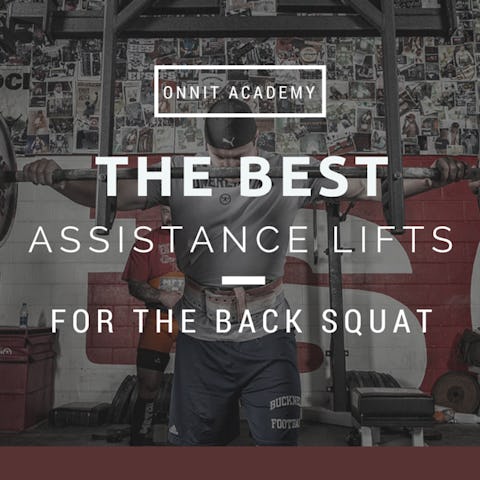
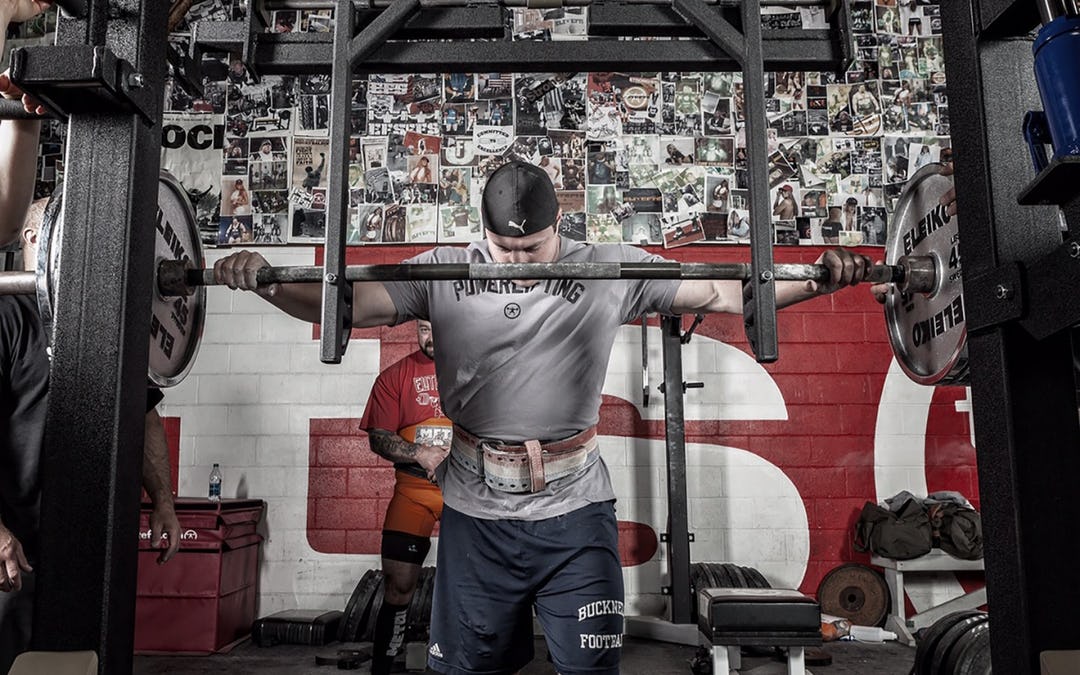
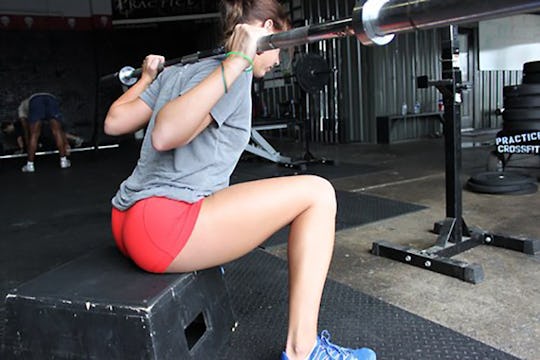
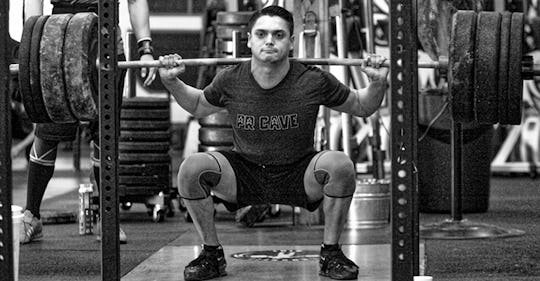
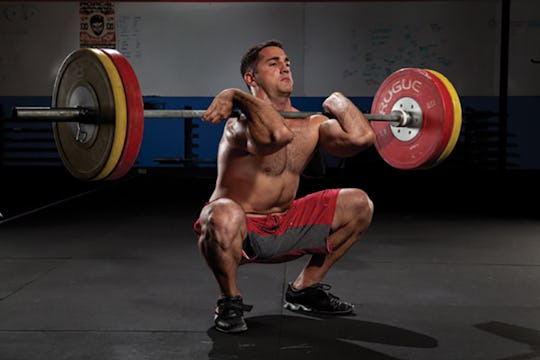
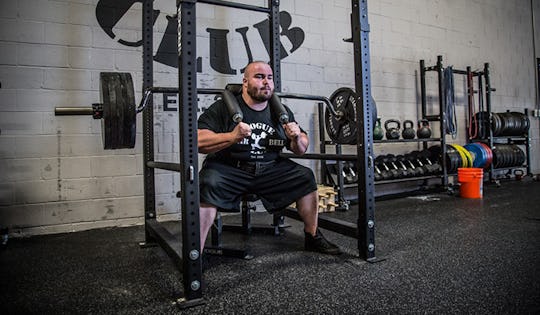
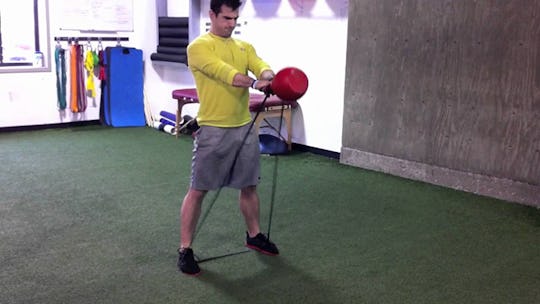
)
